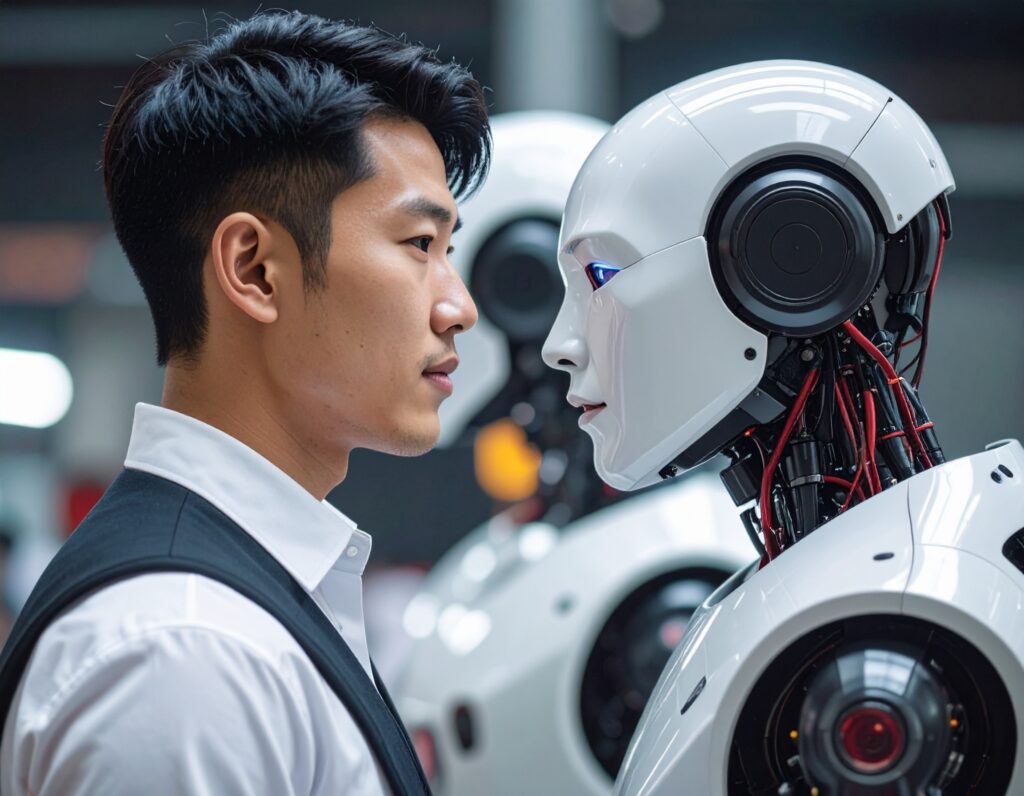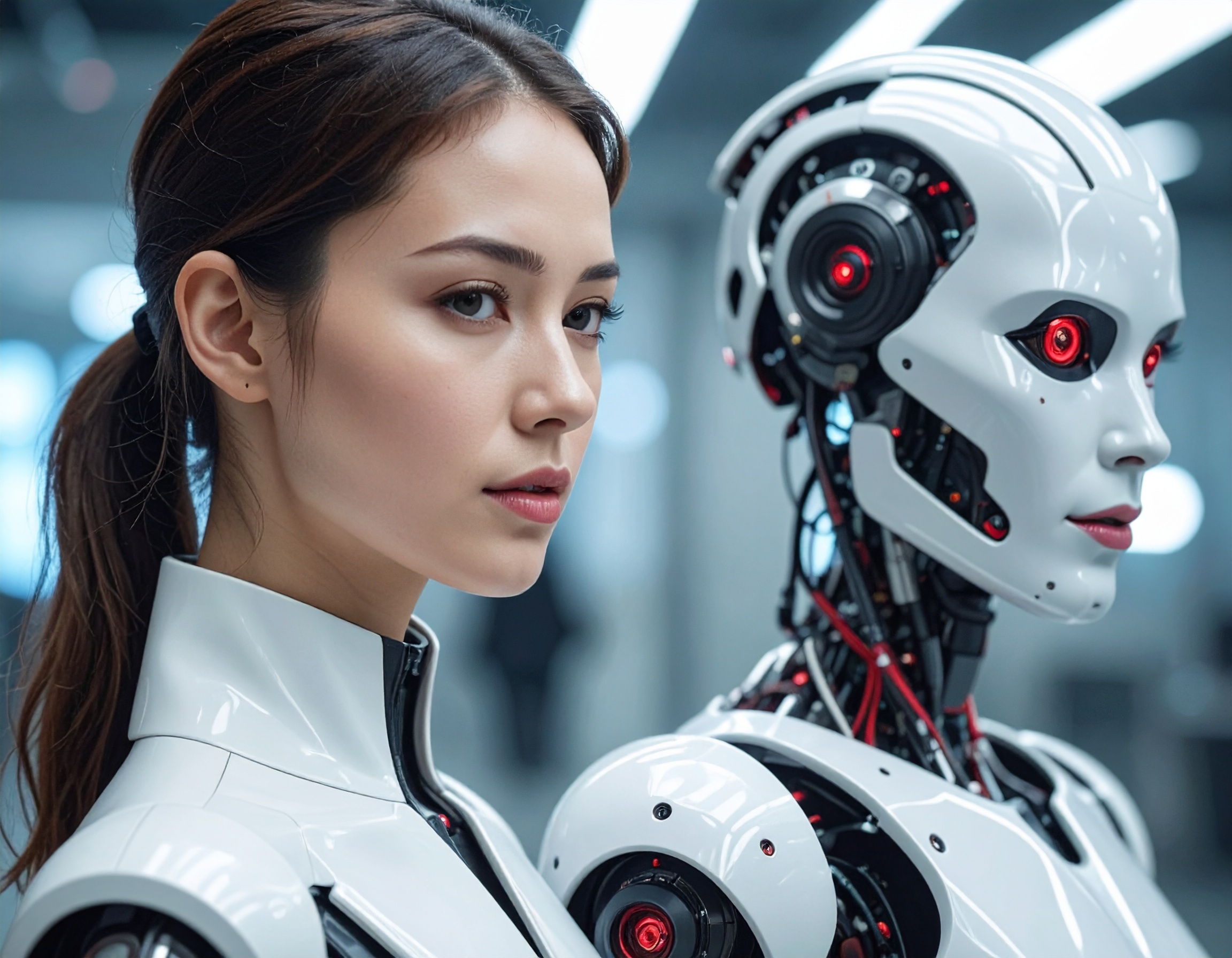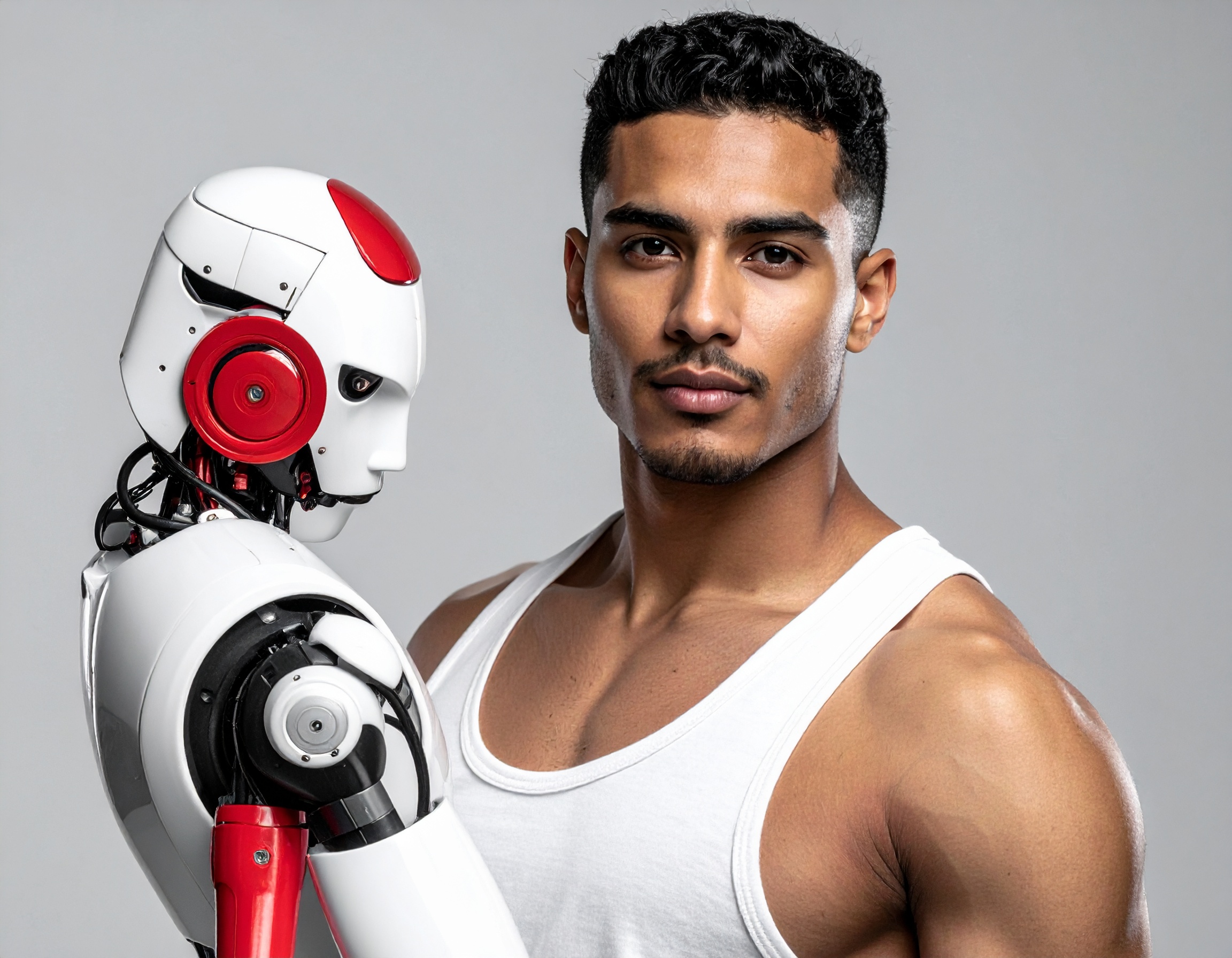Rise of the Bots: Amazon’s Non-Human Workforce Set to Overtake Human Employees

A Growing Robotic Workforce
Amazon, the global e-commerce giant, is rapidly transforming its operations through automation. As of 2024, Amazon had deployed over 750,000 robots across its facilities. These Non-Human Workers are streamlining logistics, packaging, and warehouse management—bringing the company closer to a landmark shift: having more robots than human employees. This development is not only reshaping Amazon’s workforce model but also signaling a broader shift across the industry.
The company’s total human workforce, which was once more than 1.6 million globally during the pandemic peak, has now shrunk to around 1.5 million. Meanwhile, its fleet of robots—ranging from robotic arms like “Sparrow” to autonomous mobile units like “Proteus”—continues to grow. At this rate, Amazon could surpass a 1:1 ratio of AI Employees to human staff within a few years.
Efficiency Overhead vs. Human Labor
Amazon emphasizes that these robotic systems are meant to assist, not replace, human workers. Yet the increasing reliance on Non-Human Workers has raised concerns about long-term job security and working conditions. According to internal statements, automation has enabled Amazon to process billions of packages more efficiently while also reducing workplace injuries by taking over repetitive or physically demanding tasks.
Still, labor experts warn that this tech-driven shift could drastically alter employment norms. With the rise of Voice AI Agents handling customer service and bots dominating warehouse operations, the very definition of a “job” in logistics may be evolving.

Implications for the Future of Work
This trend is critical for policymakers, businesses, and workers alike. Amazon’s aggressive automation push may set the standard for logistics and retail industries worldwide. If other companies follow suit, Voice AI Agents and AI Employees could become a dominant force in global labor markets—especially in roles involving repetitive tasks or high operational costs.
The story reflects not just a technological evolution but a major socioeconomic turning point. It underscores how Artificial Intelligence and robotics are no longer auxiliary tools—they are core elements of the modern workforce.
Key Highlights:
- Amazon now has over 750,000 robots assisting in warehouses.
- The number of Non-Human Workers is on track to surpass Amazon’s human workforce.
- Robots like Sparrow and Proteus perform key logistics tasks, improving efficiency.
- Amazon claims the robots reduce injuries and boost productivity, but labor advocates remain cautious.
- The case sets a precedent for AI-driven employment models across other industries.
Reference:
https://www.freightwaves.com/news/amazon-robots-are-on-course-to-outnumber-its-human-workers


